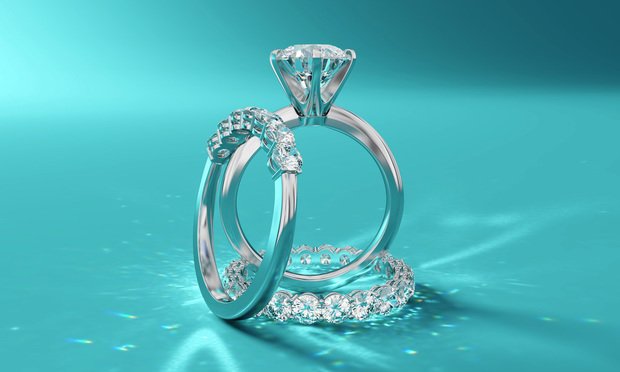 In 2023, more than half of American consumers are expected to spend an average of $192.80 for Valentine's Day – an increase from the $175.41 average spent in 2022. (Credit: Shutterstock.com)
In 2023, more than half of American consumers are expected to spend an average of $192.80 for Valentine's Day – an increase from the $175.41 average spent in 2022. (Credit: Shutterstock.com)
"Engagement season" traditionally begins Thanksgiving Day and ends on Valentine's Day, with around 40% of all proposals happening in this period each year. Second to Christmas Day, Valentine's Day remains one of the most popular days to pop the questions, but with the average engagement ring costing thousands of dollars it's important to quickly acquire appropriate insurance coverage for your expensive new token if you happen to be on the receiving end of a proposal.
Recommended For You
Want to continue reading?
Become a Free PropertyCasualty360 Digital Reader
Your access to unlimited PropertyCasualty360 content isn’t changing.
Once you are an ALM digital member, you’ll receive:
- Breaking insurance news and analysis, on-site and via our newsletters and custom alerts
- Weekly Insurance Speak podcast featuring exclusive interviews with industry leaders
- Educational webcasts, white papers, and ebooks from industry thought leaders
- Critical converage of the employee benefits and financial advisory markets on our other ALM sites, BenefitsPRO and ThinkAdvisor
Already have an account? Sign In Now
© Touchpoint Markets, All Rights Reserved. Request academic re-use from www.copyright.com. All other uses, submit a request to [email protected]. For more inforrmation visit Asset & Logo Licensing.








